Both HMS Queen Elizabeth and HMS Prince of Wales, plus the USS Harry S. Truman, are in waters around the UK today.
HMS Queen Elizabeth departed Portsmouth this afternoon for routine trials and training, following extensive repairs and capability upgrades completed at Rosyth earlier this year. This included critical work on the starboard propeller shaft coupling, which was necessary after a technical issue caused the vessel to withdraw from the NATO exercise Steadfast Defender.
During that time, HMS Prince of Wales assumed operational responsibilities. HMS Prince of Wales is currently leading the UK Carrier Strike Group, taking part in Exercise Strike Warrior ahead of the vessel’s deployment to the Indo-Pacific next year.
Powerful British Carrier Strike Group assembles off Scotland
The USS Harry S. Truman and its Carrier Strike Group recently went through the Strait of Dover into the North Sea to participate in exercises with NATO Allies and regional partners. According to a press release from the U.S. Navy, the strike group’s transit is key in reinforcing the long-standing strategic relationships between the United States and its European partners.
Rear Adm. Sean Bailey, commander of the HSTCSG, emphasised the importance of the deployment:
“Storied in world history, our transit through the Strait of Dover to operate with our Allies in the North Sea underscores our commitment to maritime security and the NATO Alliance. We will operate with our NATO Allies and partners to strengthen our collective readiness, defence, and deterrence.”
The deployment follows months of intense training and preparation.
“This deployment comes on the heels of the Dwight D Eisenhower Strike Group nine-month mission that highlighted the need for continuity in our sustained presence amid escalating international tensions,” said Adm. Daryl Caudle.
“The Truman Strike Group will contribute to the ongoing training and combat readiness of our naval forces. The operational experience gained through these deployments is invaluable for maintaining a deep bench of skilled warfighters with confidence in their system’s reliability, adaptability, and lethality in a rapidly changing security environment.”
The last time the Truman Carrier Strike Group operated in this region was in 2018, during the NATO exercise Trident Juncture, where the group ventured into the Norwegian Sea and operated above the Arctic Circle.
The group comprises the flagship USS Harry S. Truman (CVN 75), which carries Carrier Air Wing 1 (CVW-1) with nine embarked aviation squadrons. Alongside the carrier, the strike group includes the Ticonderoga-class guided-missile cruiser USS Gettysburg (CG 64) and two Arleigh Burke-class guided-missile destroyers, USS Stout (DDG 55) and USS Jason Dunham (DDG 109).
HMS Queen Elizabeth, commissioned in December 2017, has already undertaken significant operational duties, including a global deployment in 2021. HMS Prince of Wales, commissioned in 2019, has also seen operational deployments to the United States, Europe, and the Arctic.
The Queen Elizabeth-Class Carriers
The Queen Elizabeth-class aircraft carriers measure 284 metres in length and have a standard displacement of approximately 65,000 tonnes. The design allows for this displacement to increase to over 70,000 tonnes as the ships undergo upgrades throughout their operational lifespan.

These carriers are manned by a core crew of about 679 personnel, which can expand to around 1,600 when including aircrew. The ships are equipped to carry up to 40 aircraft, predominantly featuring the advanced F-35B Lightning II stealth fighters.
The air wing typically comprises a combination of F-35B fighters and various rotary-wing aircraft, such as the Merlin HM2 and Wildcat. Additionally, the Royal Navy is exploring the integration of unmanned aerial vehicles (UAVs) to enhance operational flexibility. Trials were underway recently for systems like the General Atomics Mojave.
In terms of propulsion, the Queen Elizabeth-class carriers utilise an Integrated Electric Propulsion system, consisting of two Rolls-Royce Marine Trent MT30 gas turbines and several Wärtsilä diesel generator sets. This configuration grants the vessels a range of approximately 10,000 nautical miles. The flight deck of these carriers is designed to support a variety of rotary and fixed-wing aircraft.
The hangar deck measures 155 by 33.5 metres, providing ample space to accommodate up to 20 aircraft. To facilitate quick transfers from the hangar to the flight deck, each carrier is equipped with two large lifts capable of moving aircraft efficiently.

For self-defence, the carriers employ the Phalanx Close-In Weapon System (CIWS) to counter potential airborne threats. In addition, the ships feature sophisticated radar systems, including the BAE Systems/Thales S1850M for long-range detection and the Artisan 3D radar system.
Finally, the Queen Elizabeth-class carriers are fitted with a highly mechanised weapons handling system, which streamlines the management of munitions on board. This system allows for efficient movement of palletised munitions from storage areas to the flight deck, minimising the need for manual handling and optimising operational readiness.
The USS Harry S. Truman – A supercarrier
The USS Harry S. Truman (CVN-75) is a Nimitz-class aircraft carrier of the United States Navy, named in honour of the 33rd President of the United States, Harry S. Truman. Ordered in 1988 and built by Newport News Shipbuilding, she was laid down in 1993, launched in 1996, and commissioned into active service on 25 July 1998.
The vessel’s motto, “The Buck Stops Here,” reflects Truman’s famous expression of responsibility. Her homeport is Norfolk, Virginia, and she remains in active service, distinguished by her hull number CVN-75. The Harry S. Truman is powered by two Westinghouse A4W nuclear reactors, enabling her to operate for over 20 years without refuelling, and can reach speeds exceeding 30 knots.
As a Nimitz-class carrier, the Harry S. Truman displaces approximately 103,900 long tons and spans 1,092 feet in overall length. Her beam at the waterline is 134 feet, expanding to 252 feet at her widest point. Equipped with four steam turbines and four shafts, she generates up to 260,000 shaft horsepower. The ship’s design allows for an extensive operational range, enabling her to serve as a critical asset for sustained missions. On board, the carrier typically houses a ship’s company of around 3,500 personnel, with an additional 2,480 personnel from the embarked Carrier Air Wing.
The Harry S. Truman is equipped with sophisticated radar and defence systems, including the AN/SPS-48E 3-D air search radar and AN/SPN-43C air traffic control radar. For missile defence, she carries two Mk 57 Mod3 Sea Sparrow systems, two RIM-116 Rolling Airframe Missile launchers, and three Phalanx Close-In Weapon Systems (CIWS).
These systems ensure the ship’s capability to detect, track, and neutralise threats ranging from aircraft to missiles. Additionally, she is outfitted with advanced electronic warfare capabilities, such as the AN/SLQ-32A(V)4 countermeasures suite, which enhances her survivability against anti-ship missile threats.
The aircraft complement of the Harry S. Truman is substantial, typically consisting of around 85 to 90 aircraft, although she can accommodate up to 130 aircraft depending on mission requirements. Her air wing is composed primarily of F/A-18E/F Super Hornets for strike missions, alongside specialised aircraft such as EA-18G Growlers for electronic warfare and E-2C/D Hawkeyes for airborne early warning.
For logistical support, the carrier operates C-2 Greyhound aircraft, which will be replaced by the MV-22 Osprey. Additionally, anti-submarine warfare (ASW) and search-and-rescue (SAR) missions are conducted by a squadron of SH-60F and HH-60H Seahawks.
The Harry S. Truman is integral to United States Navy operations, typically deploying with one of ten Carrier Air Wings (CVW). These air wings, while attached to the carrier during deployments, operate as distinct entities. Each air wing comprises a variety of aircraft types, support personnel, and aircrew.
Colour-coded uniforms on the flight deck help distinguish the roles of the personnel, which range from aircraft handling to ordnance operations and emergency procedures, ensuring the safe and efficient operation of the carrier’s air wing.
In addition to her aircraft, the Harry S. Truman carries a range of self-defence systems, such as the Sea Sparrow and RIM-116 Rolling Airframe Missiles, designed to intercept and destroy incoming aerial threats. Her CIWS systems provide a last line of defence against missiles and aircraft, enhancing the ship’s ability to defend herself while projecting air power across global theatres.


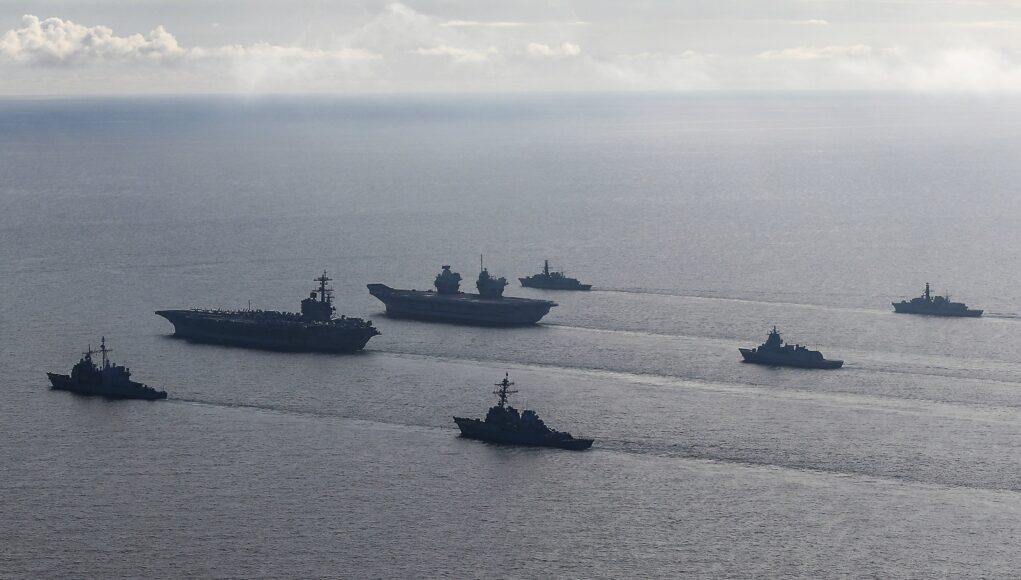
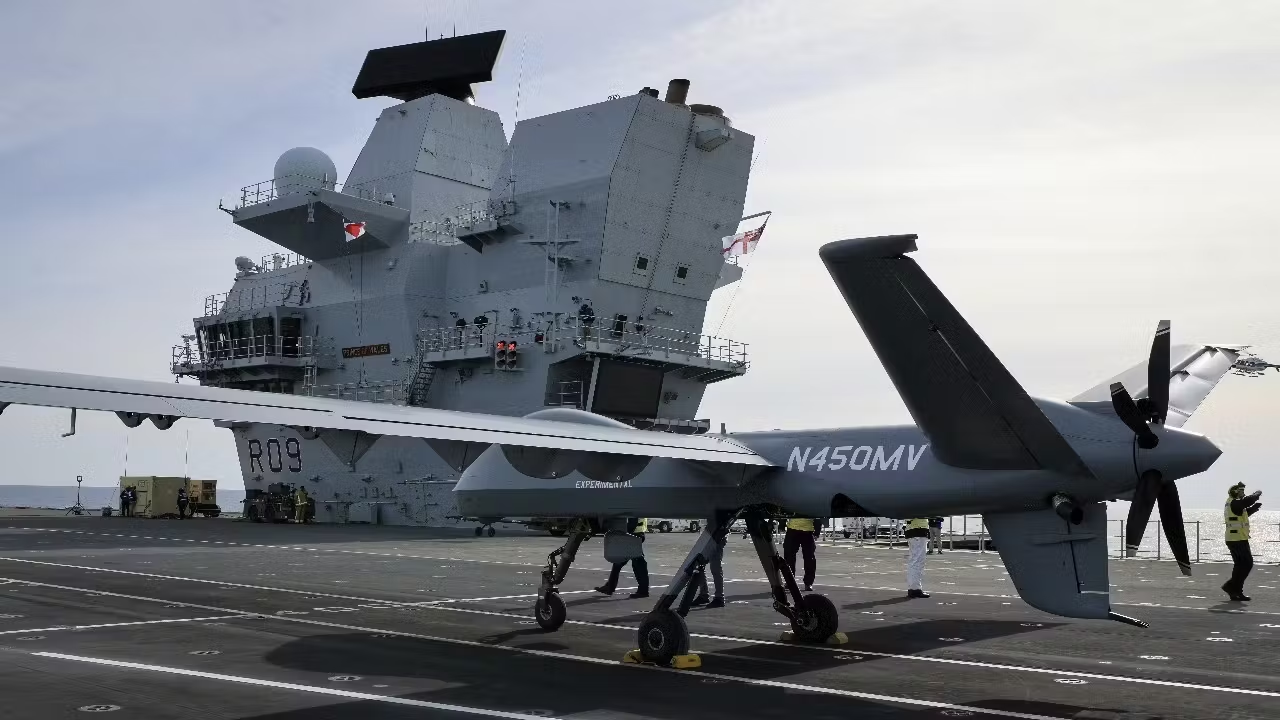
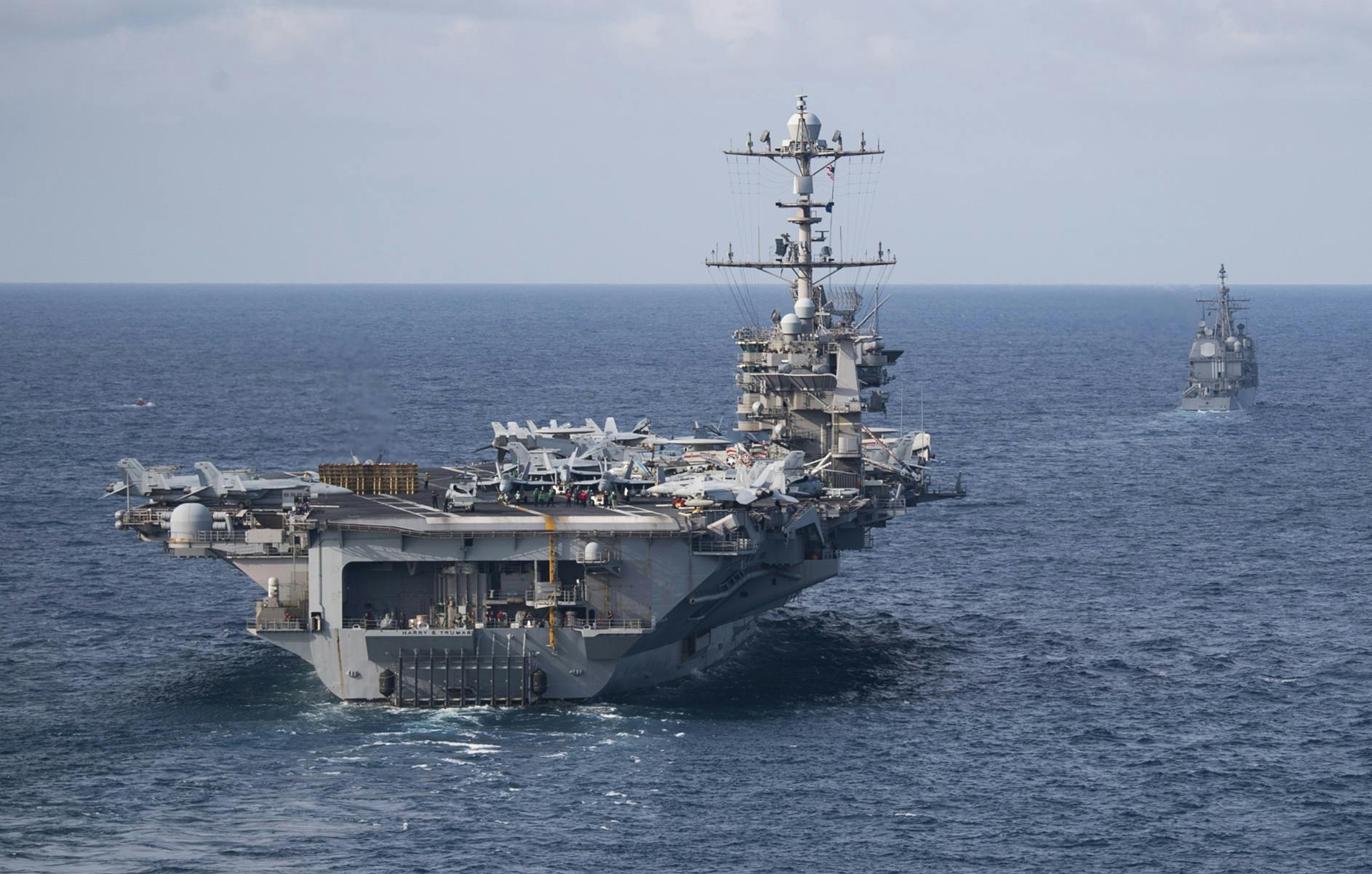
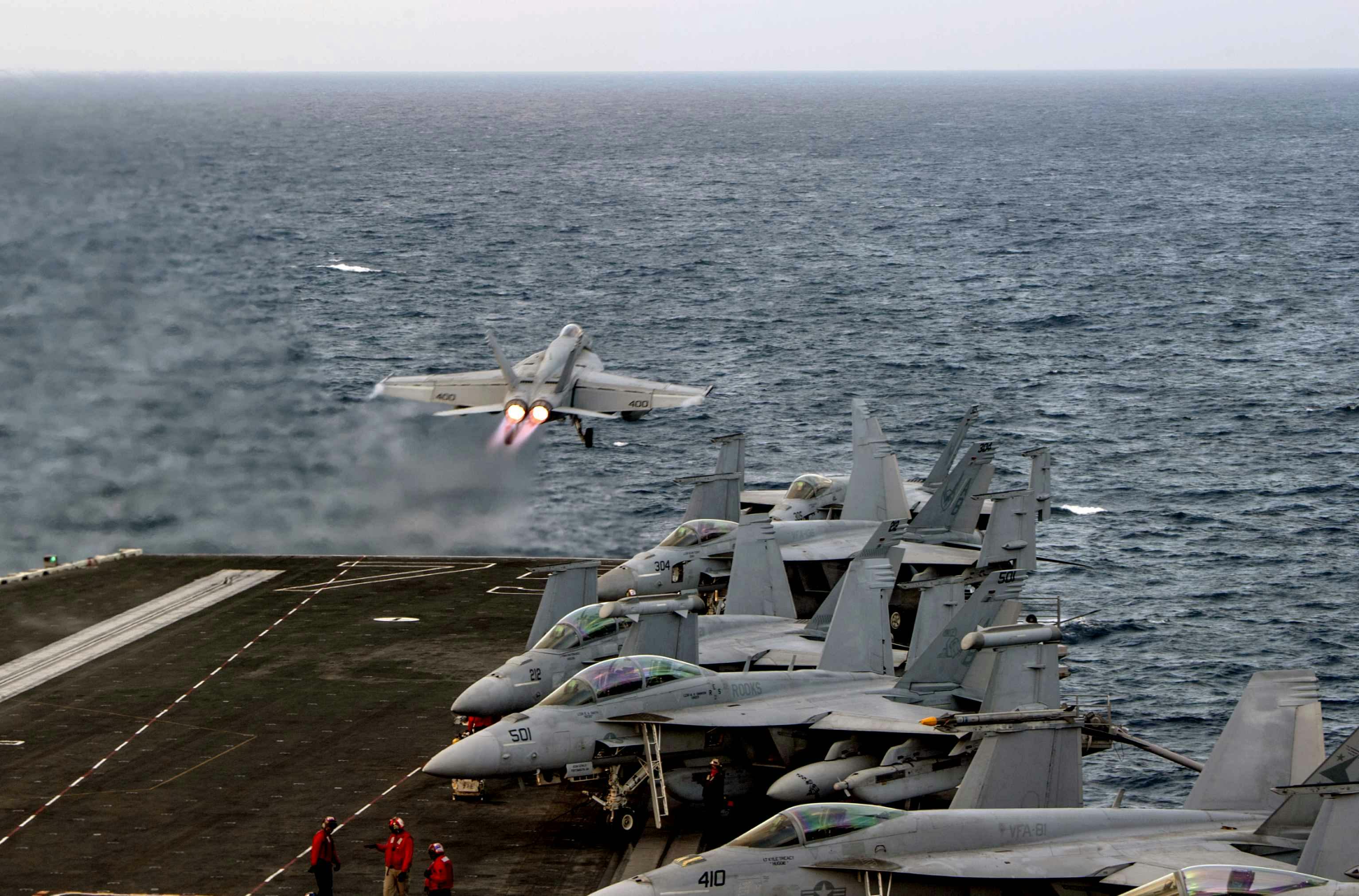
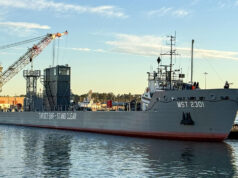
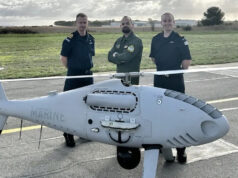
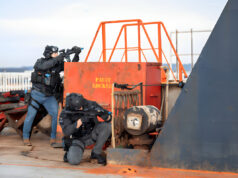
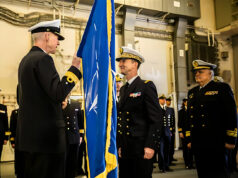
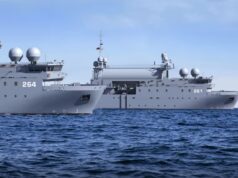
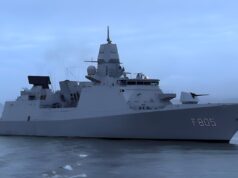
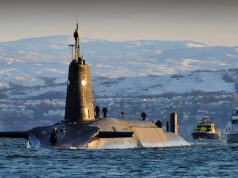
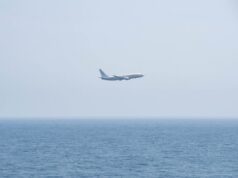
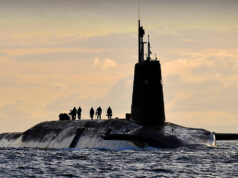


Happy Trafalgar Day!
Yeh, a day that should be remembered more than it actually is…
Cheers CR
Well said. Happy Trafalgar Day
Israel is about to strike IRAN; the entire Middle East could go up in flames any minute; and “Sleepy Joe” Biden sends the Harry Truman with its nine aviation strike squadrons 4,000 miles away to play war games.
The Abraham Lincoln Strike Group is in the 5th Fleet AOR, and with a more advanced air wing.
The US has more than one carrier.
Stop stirring up trouble with your fatuous and asinine partisanship outlook, your comments mark you out as immature and foolish simultaneously. Surely you know the majority of readers here know the actuality of Super Carrier deployments, there are websites that track them, open to all.
Plonker.
Obviously transponders can be turned off, or even faked to give the impression of being one place, while at another.
Well said, there is always one sadly.
Yes Mr Trump we hear your message as ludicrous as it evidentially is. Do you think Russia isn’t a threat then, do you think it isn’t fighting a war presently, indeed any sane person would from a European perspective and if they are enlightened enough those in the US too has far greater implications than what’s going on in the Middle East at the moment as serious as that is. By any stretch of the intellect and giving much leeway, one might have thought it to be at least equal. Scary that someone is being childishly insulted for having that insight into what’s happening in the World especially so when Carrier battle groups are indeed giving greater immediate importance to the Middle East if you bothered to actually check the facts over propaganda.
President Trump will sort the Ukraine war on his first day back in office by making a phone call. I know because he said so. How calling Dominos for a takeaway will solve anything is a mystery, but he is the most awesomeness. By which to say the crisis will be, and I think this is the most important, with everybody. I’m pretty sure he’s told us that too.
He couldn’t be clearer. Which is kind of a shame.
Reading his speeches, I sometimes wonder if President Trump is related to the late Professor Stanley Unwin.
Can’t be, Stanley knew what and why he was saying what he said
Trumps a tard. If he does manage to stop the War, he’ll do it by kissing Putins arse and giving up the Ukrainians and their land. Bet.
Without a doubt
The HT is currently a lot closer to Iran than it would be if she was parked alongside in San Diego.
She’s based in Norfolk not San Diego.
I’m currently just down the road from Mildenhall and Lakenheath and it’s very busy with a lot of F15 taking off probably to support the exercise in the North Sea. For all those trying to enjoy a peaceful break at Centre parcs this is a small price to pay!
Both QE carriers at sea make Jack a happy boy! All we need now is enough F35s to put up to 20 aboard each & enough operational escorts to look after them.
Let’s settle for 16 jets on ech carrier (4 squadrons each) but certainly NOT LESS for credibility.
Operational deployment to usa was to train with f35 as the UK carrier had none.
Uninsured Russian oil tankers are frequenting the Channel at the same time. Catastrophy awaiting.
Is it a good idea to tell the whole world all the details ?
And also a floating bomb quite close to British waters Russian I think I’ll find 🤔
great to see so many jets on a QE carrier